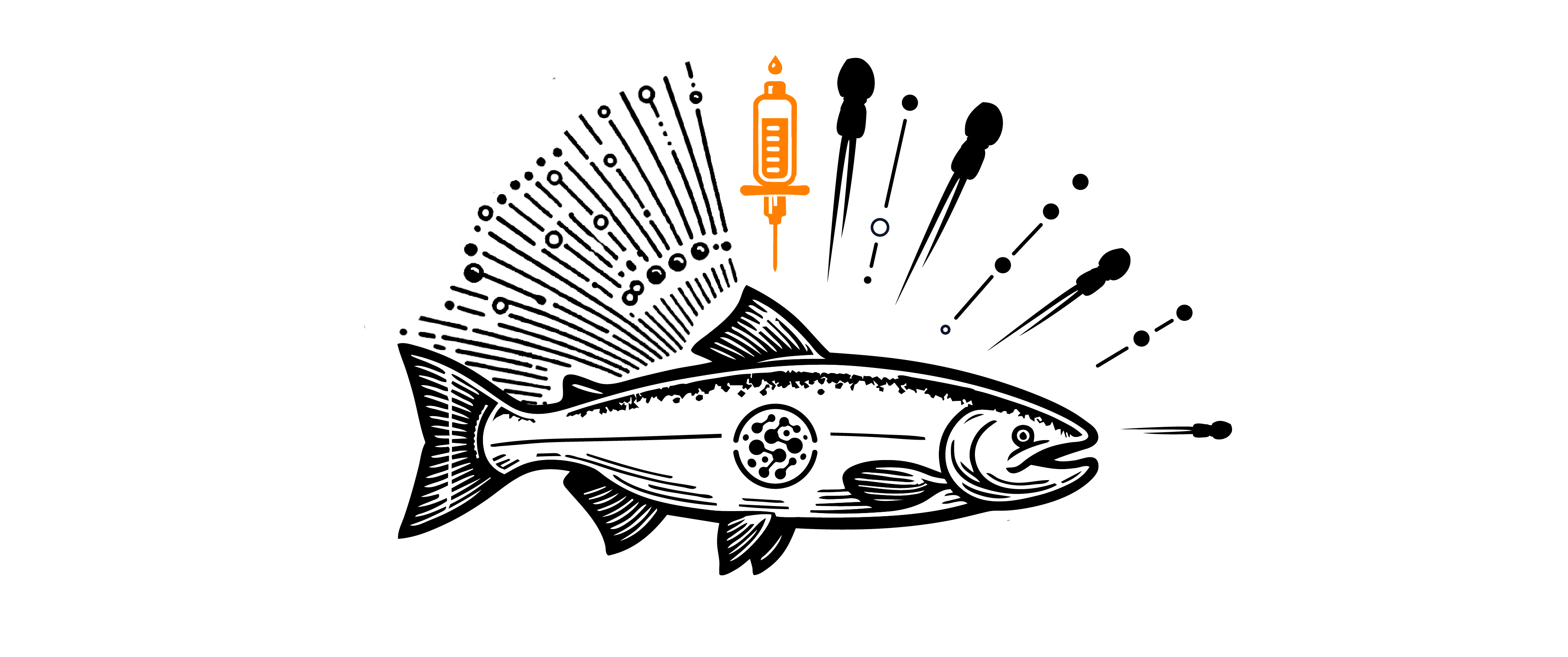
Data shows proprietary technology enables lower cost and higher efficacy through new induced-dysbiosis vaccine targeting a parasite’s microbiome
The salmon aquaculture industry has – to put it mildly – a lousy problem.
Sea lice have been sucking salmon dry at facilities across Europe and the Americas at a rate of more than 70 times their wild cousins1, costing the industry a billion dollars annually and wreaking havoc on the natural environment. But researchers at the Universidad de Concepción in Chile recently developed a method to bite back through what could be the world’s first induced-dysbiosis vaccine. A team led by Phase Genomics’ longtime collaborator Dr. Cristian Gallardo Escárate spent the last half-decade creating a vaccine that rids salmon of their lice oppressors by knocking out a key component of the parasite’s microbiome.
The new, less expensive and more effective vaccine could produce major economic and environmental benefits. Farmed Atlantic salmon are Chile’s second largest export after copper. In 2021, salmon shipped out of the country were valued at almost $5 billion, according to the USDA. Yet infestations by the sea louse, Caligus rogercresseyi, in salmon aquaculture facilities dampen productivity, spread disease, threaten native fish and reduce profits. Like all sea lice, Caligus are crustaceans, not insects. The parasites attach themselves to their unfortunate fish hosts, feeding on blood and mucus. Lice keep salmon from growing and building muscle. They can also transmit pathogens, including an infectious viral anemia that can spread to native fish. Chilean salmon farms spend hundreds of millions of dollars trying to beat back C. rogercresseyi infestations with increasingly ineffective treatments.
The breakthrough from Gallardo Escárate’s lab at Chile’s Interdisciplinary Center for Aquaculture Research, which is nearing commercialization now, could become the first commercial example of a vaccine against a target’s microbiome. And Phase Genomics’ platform for metagenomics unlocked the new dimension of microbiome biology to drive the keystone discovery in salmon sea louse hologenomics.
Slashing costs and scaling back environmental impact with proximity ligation
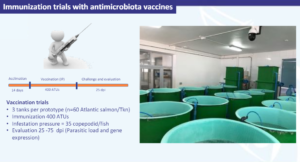
Field tests show that salmon administered the anti-microbiota vaccine were essentially free of sea lice. If widely applied, Chile’s salmon aquaculture industry may find itself with extra biomass to export, fewer sea lice to cross-contaminate the natural environment, and more money in the bank. The initial findings, detailed recently in The Economist, show that vaccinated salmon are 90-95% louse free and more effective than fish managed using conventional antiparasitics. The new method also lowers the environmental impact from salmon farming, which accounts for 70% of all salmon consumed2.
Phase Genomics’ proximity ligation unlocks anti-microbiota pest control from fish to farm for sustainable
Salmon farms in Canada, Great Britain and Scandinavia also suffer from sea lice, but a different species called Lepeophtheirus salmonis. Dr. Gallardo Escárate cites similar findings around common bacteria core among Chilean sea lice ectoparasites which he believes could present a common vulnerability to the current immune dysbiosis vaccine across species.

This is not only the first time metagenomic data have been used to create a vaccine against the microbiome of a target, Dr. Gallardo Escárate also believes this proximity ligation approach could serve as a template for the development of vaccines that protect against other parasitic ne’er-do-wells, whether they’re nibbling away at fish in the sea or four-legged farm animals on land.
“Without this detailed knowledge of this parasite and its microbiome, this vaccine would not exist – and we would not have a blueprint to look for this same phenomenon in other species,” says Phase Genomics founder and CEO Ivan Liachko. “This study nicely demonstrates why we need next-generation metagenomics: It has the power not just to solve problems in one or two economically important industries, but to reveal the patterns and leads that will transform dozens of industries. The days of blunt instruments are over. We now can target with surgical precision.”
Dr. Gallardo Escárate is currently conducting the largest study to date of the vaccine in one million salmon in the waters off of Chile.
1 https://www.captainjacksalaska.com/seafood/pc/catalog/salmon_diseases.pdf

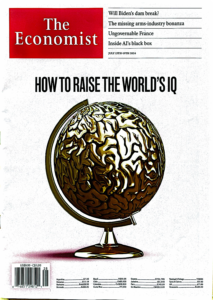
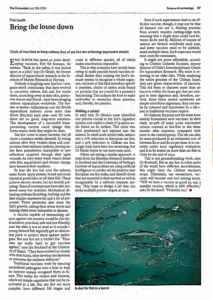
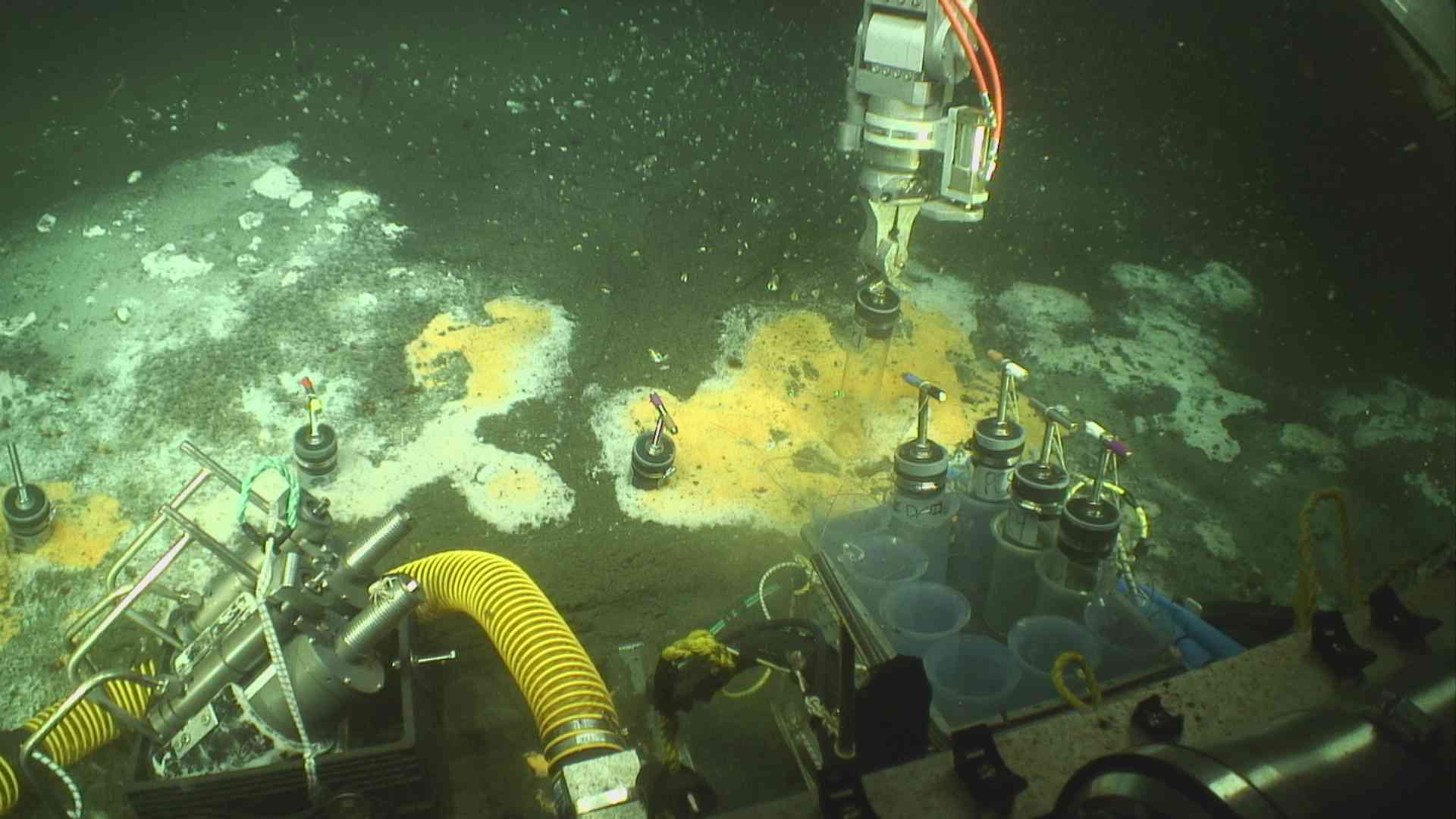


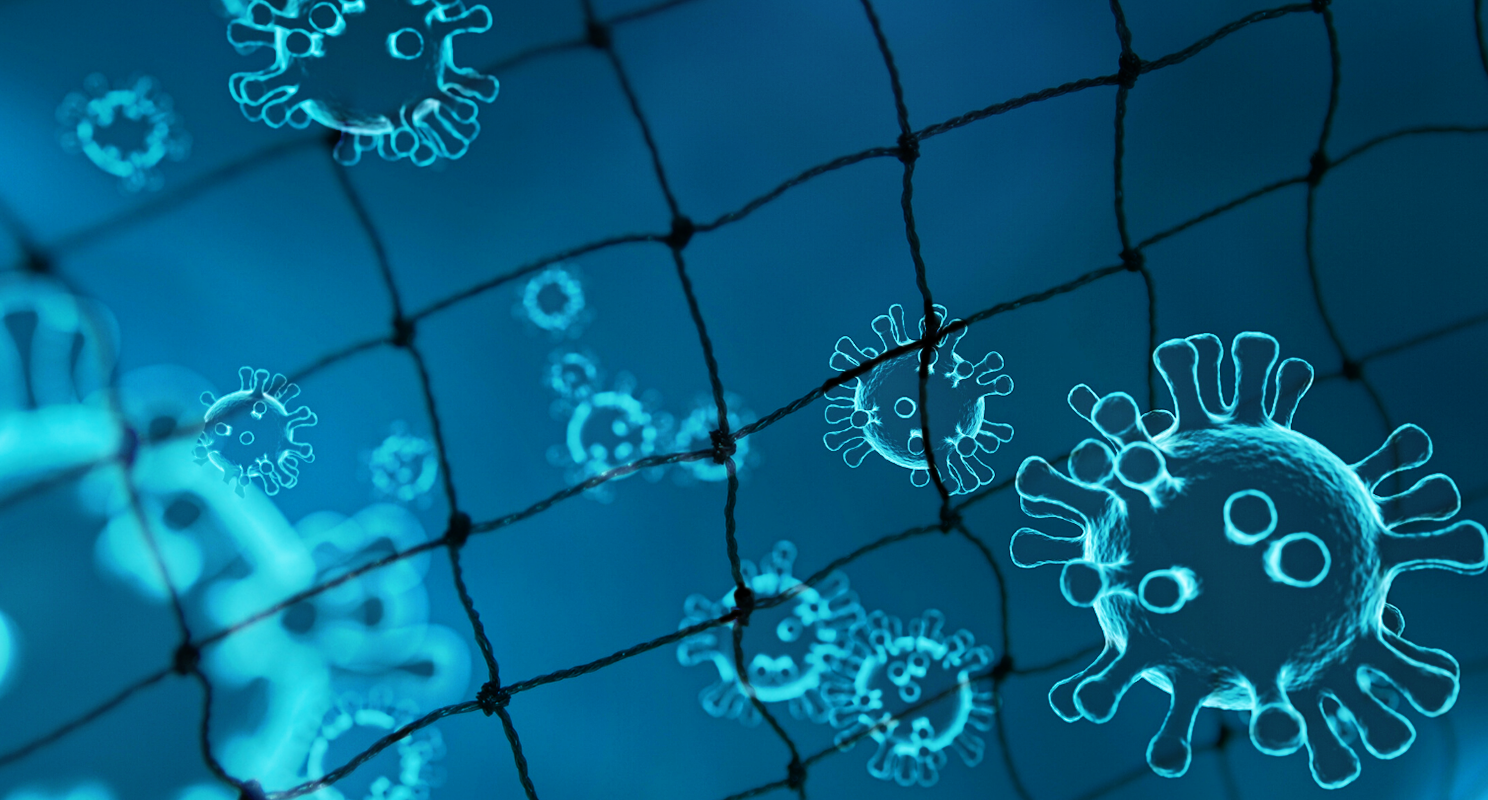
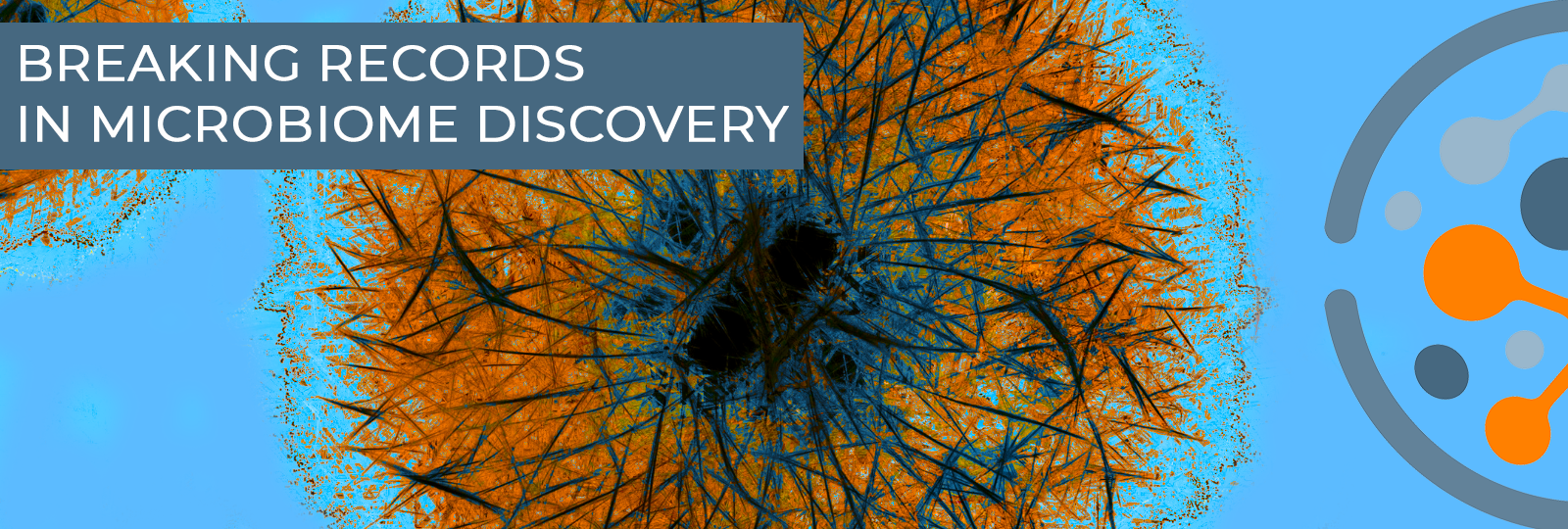

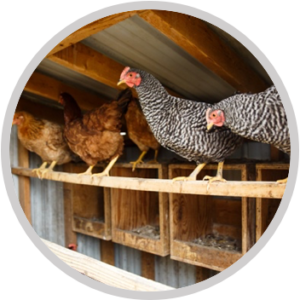

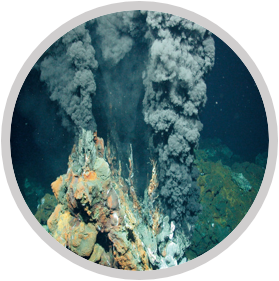

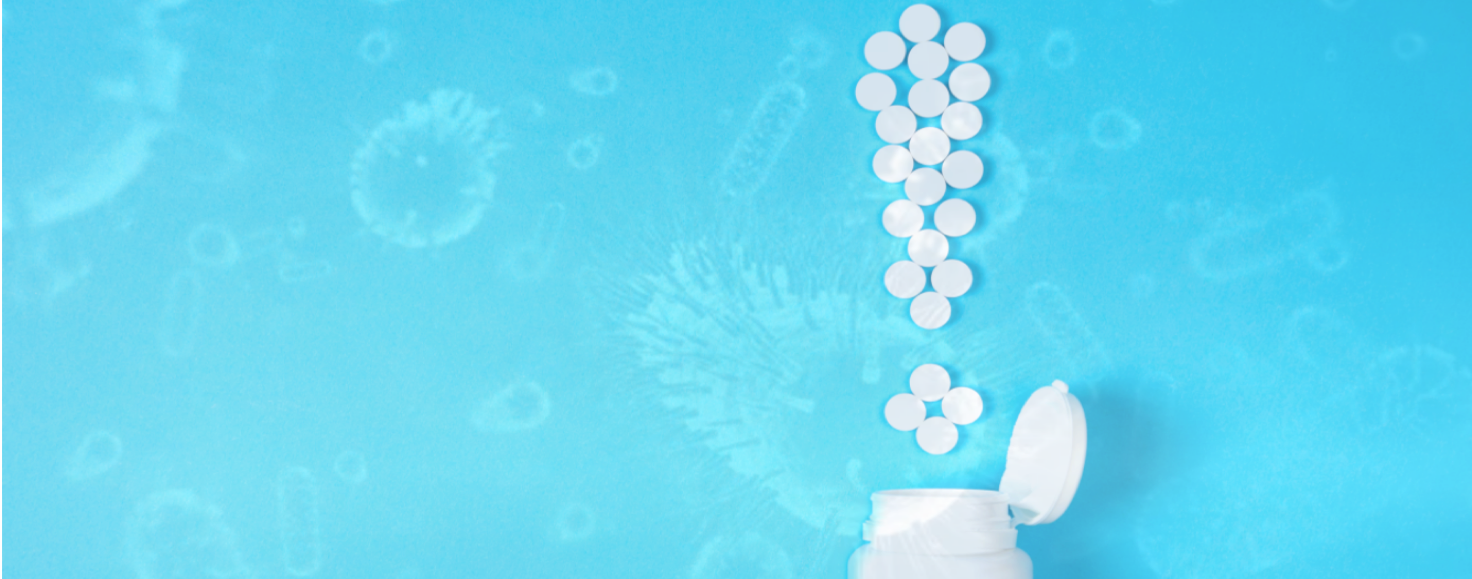
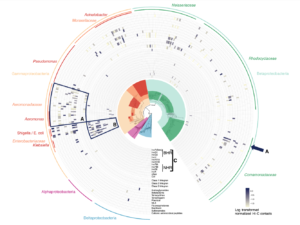
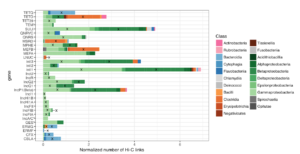

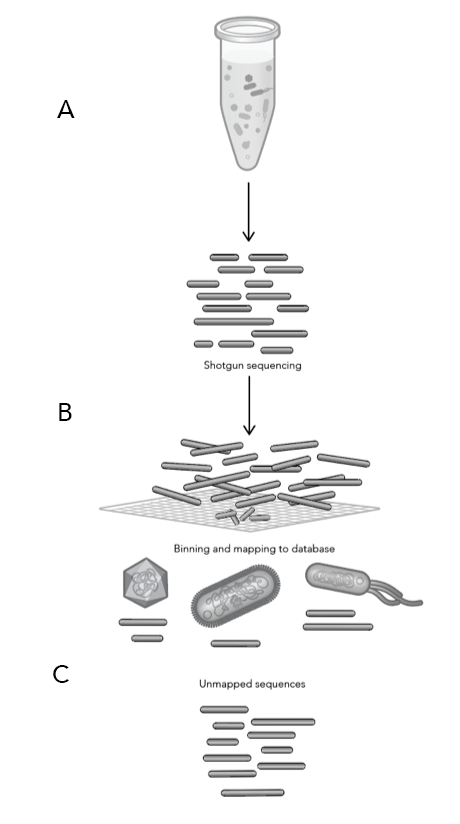

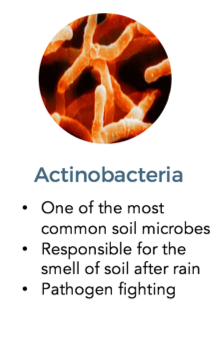
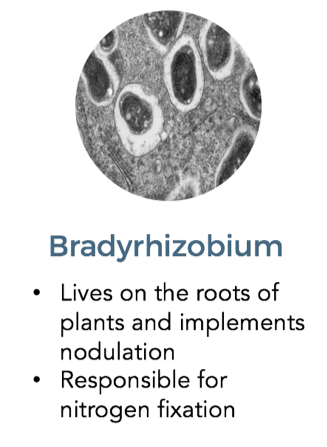
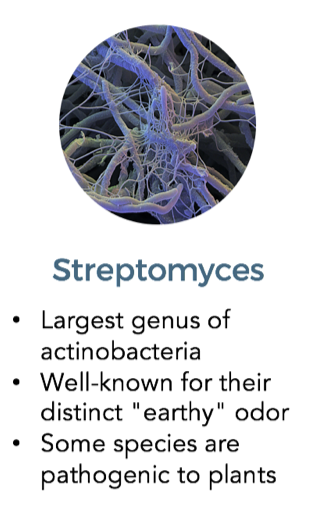

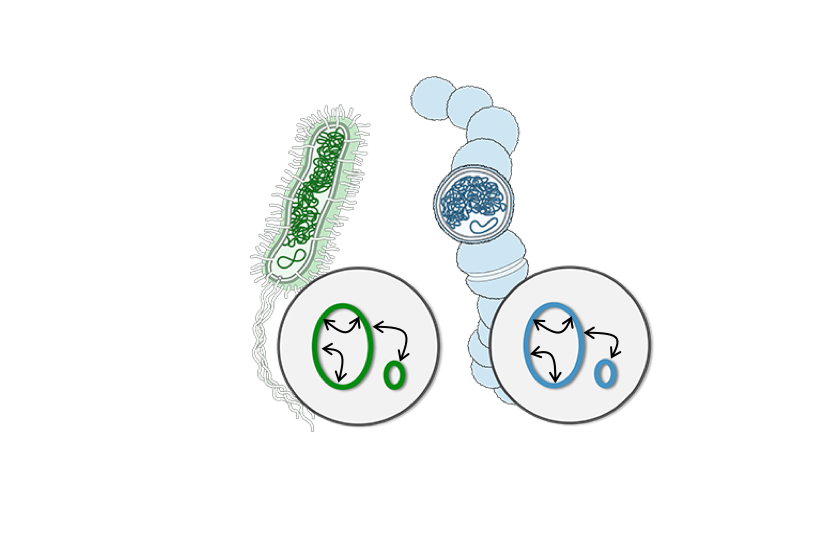
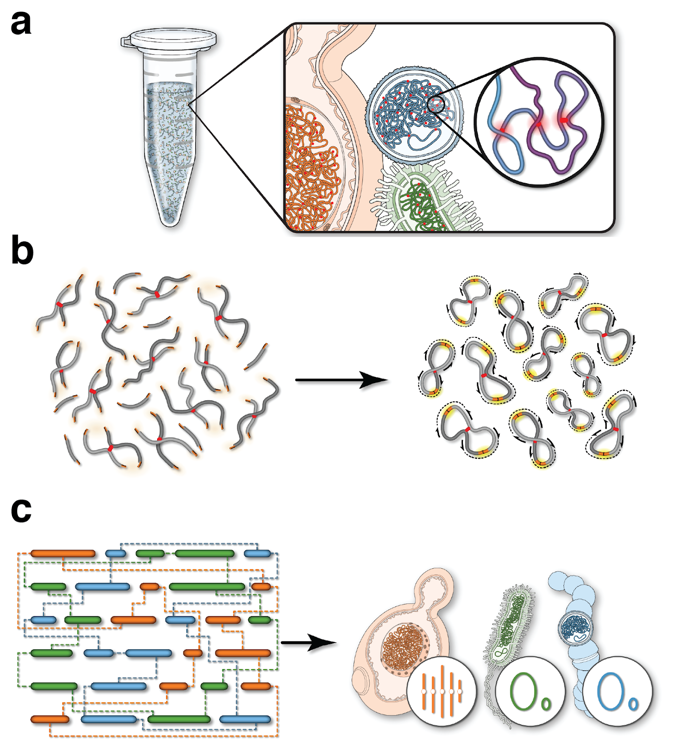

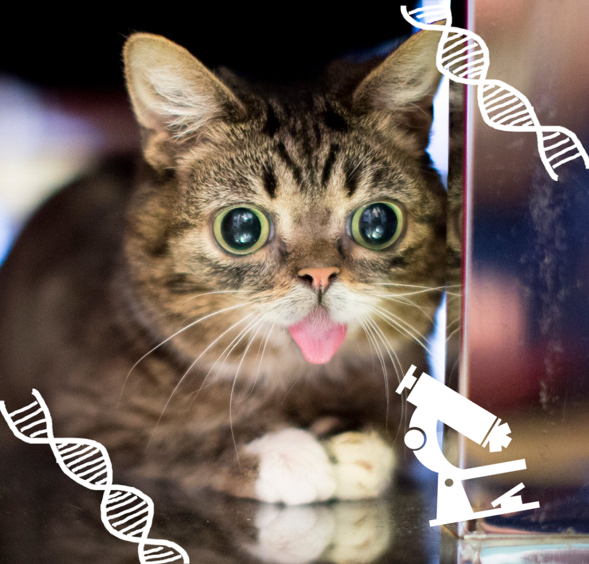
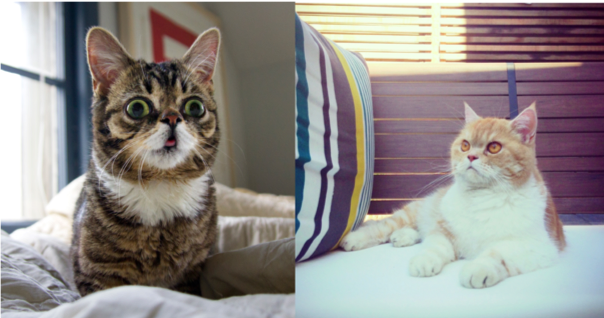
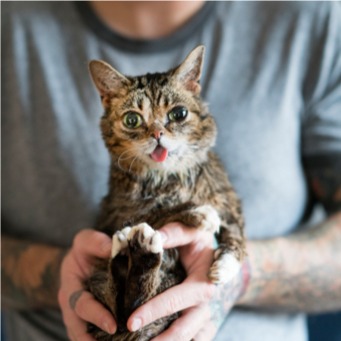


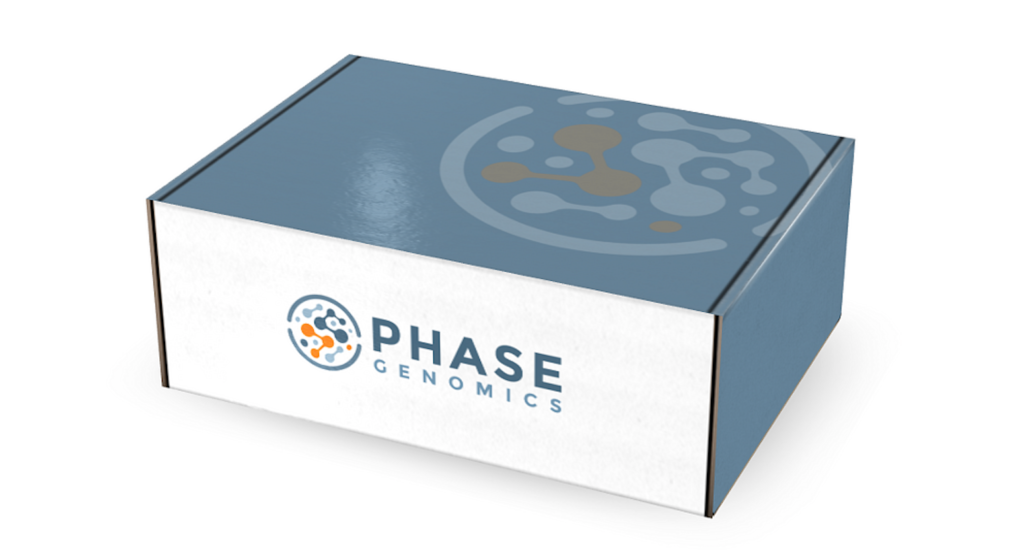
 Twitter
Twitter LinkedIn
LinkedIn Email
Email